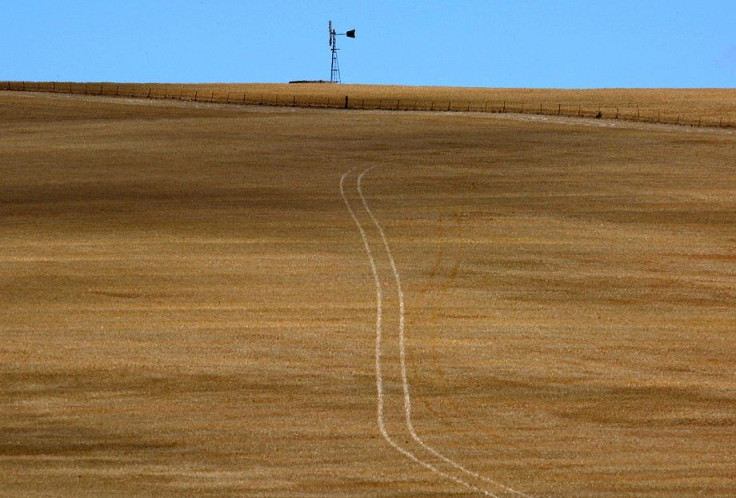NSW now ‘100%’ in drought

New South Wales is now entirely in drought. The NSW Government said on Thursday that “100 percent” of the state is affected by the dry conditions.
The Department of Primary Industries (DPI) said that 61 percent of NSW is either in drought or in intense drought, while 39 percent is drought affected. “This is tough. There isn’t a person in the state that isn’t hoping to see some rain for our farmers and regional communities,” NSW Primary Industries Minister Niall Blair said.
Only less than 10 millimetres of rain was recorded in the western, northwest and central areas of the state over the past month. The months of June and July were also drier than normal. The combined drought indicator shows the condition is unlikely to change within the next months.
“Producers are now faced with some very difficult decisions on whether to graze sown crops or rely on potential rainfall in the next two months in order to increase yield production,” Blair added.
Frank McRae, chair of the Australian Fodder Industry Association, said the drought has left dire feeding conditions for the animals. “There’s pretty much virtually nothing in NSW and supplies are rapidly drying up in southern Victoria,” he said. “You have to go back to 1981-1982 to see a drought this widespread and so severe.”
According to news.com.au, some regions have tightened their water restrictions to the point of limiting the residents to a maximum of two loads of washing per week and three-minute showers.
Late last month, Premier Gladys Berejiklian announced over $1 billion in drought relief measures for struggling farmers during this dry winter. The amount includes the $576 million in emergency relief funding provided by the state and federal governments. Prime Minister Malcolm Turnbull toured some drought-stricken communities on Sunday, announcing $12,000 grants for each affected farming family.
“Now we are the land of droughts and flooding rains, we recognise that,” he said. “It’s a very volatile and often capricious climate, and Australian farmers are resilient. They plan for drought, they are good managers, but it can become really overwhelming.”
The problem isn’t confined to NSW. Queensland is also partially in drought, while Victoria and South Australia have parts experiencing dry conditions.





















